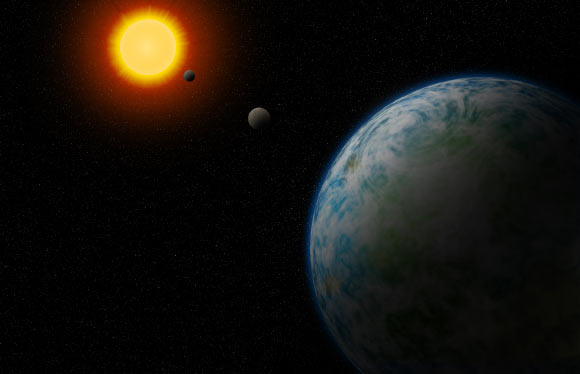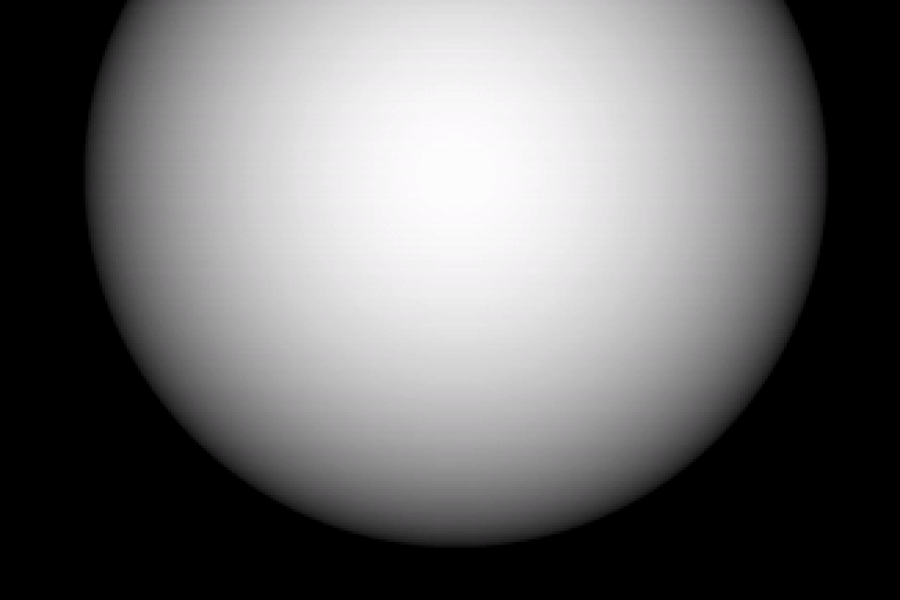
One of the most exciting recent developments in astrophysics has been the discovery that our Solar System is not alone in the galaxy. These new worlds show us that there is much greater diversity of planetary properties and dynamical systems than previously predicted. This challenges our understanding of how the planets form, interact, and evolve over time, and forces us to think more deeply about how we identify exoplanets that could potentially harbor life.
At CTAC, we address these issues using a combination of analytic and numerical models. We explore theories of how planets are born from the rotating disks of gas and dust that surround young stars. Despite observational advances in characterizing exoplanets and planetary disks, a coherent picture that explains the origin and diversity of planets from their disk-bound planetessimal forebears remains elusive. By exploring processes such as pebble accretion, vortex formation, and particle trapping, we can form a more detailed picture of planet formation.

Once the exoplanets are born, we investigate how moons affect exoplanet evolution and habitability. Exomoons may play an important role in determining the habitability of worlds beyond our Solar System. They can stabilize conditions, alter the climate by breaking tidal locking with the parent star, drive tidal heating, and perhaps even host life themselves. However, an exoplanet's ability to sustain an exomoon depends on complex tidal interactions, which we investigate.
Finally, rings are common among our Solar System's four gas giant planets, as well as present around some of the smaller rocky bodies. Nevertheless, discovering rings around planets orbiting distant stars has been challenging. To help choose future targets that may harbor these elusive rings, we study the stability of these rings and the observational impact of their presence.
